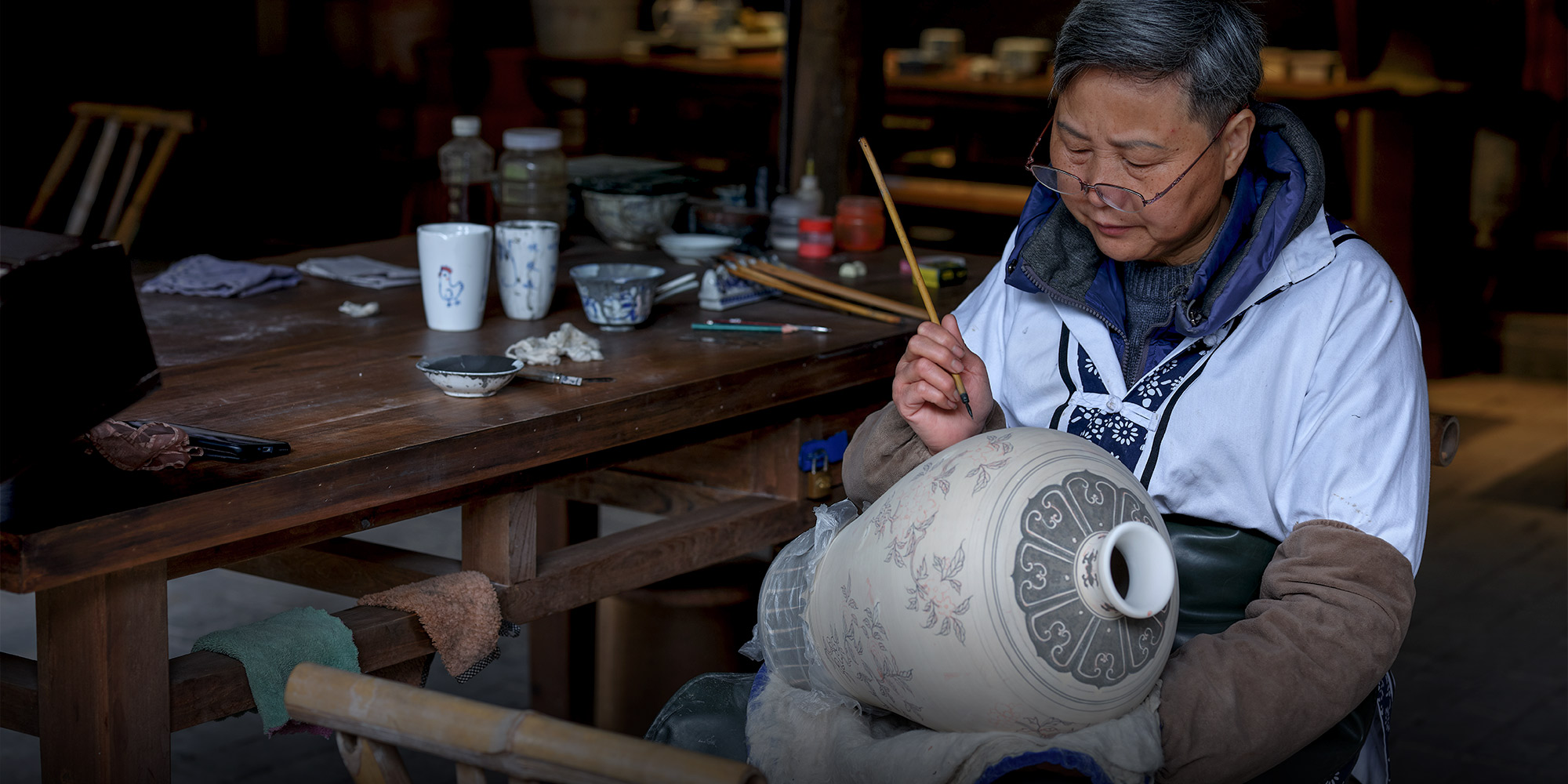China's ceramic industry has developed at a fast pace in the past few years, leading to a rapid rise in both domestic and foreign demand for its products. However, as global economic growth slows down, structural imbalances become more pronounced, and China's economy has entered a new development cycle. Supply-side structural reforms and severe macro-environment have pushed the ceramic one industry forward. The following are some of the challenges the industry faces:
A key challenge faced by the ceramic industry is the high cost of its advanced products. The high cost of advanced products is due to the high cost of research and development, as well as the use of superior stones. Additionally, these advanced ceramics require sophisticated machinery, resulting in higher product prices. Also, the process of manufacturing these advanced materials makes them more expensive, making them less affordable for consumers. This has resulted in a higher level of competition for ceramic products.
In China, the ceramic industry has been growing in size and complexity. It has emerged as an important part of China's economy. Its rapid GDP growth and rising income have led to specific consumption habits. The desire for upgrading has also created a new market for ceramic products. In addition, the real estate market has rebounded, which has led to a rapid development of the downstream ceramic industry. There are many potential opportunities in the near future for this sector.
Rapid economic development has opened up new opportunities for China's ceramic industry. The emergence of "Internet +" and intelligent manufacturing technologies have boosted domestic consumption, while boosting the export market for ceramic products. The growth in domestic demand for ceramic products has been increasing for several years, and the industry is preparing for these changes. For the Chinese ceramic industry, these developments are bringing in more opportunities. For instance, the rapid development of the real estate sector has sparked the rapid recovery of the downstream ceramics industry, providing a new development avenue for companies.
The ceramic industry in China is highly competitive and highly fragmented. Small and medium enterprises are not able to integrate into the global value chain. Because the market is not globalized, small and medium enterprises have a difficult time competing with larger multinational companies. The rapid growth of the ceramic industry has led to low-value-added products and an imbalance in supply and demand. The market has also experienced high levels of industrialization. The manufacturing process is complex and laborious, and it can be inefficient.
The Chinese ceramic industry has experienced rapid improvement since reform and opening up. It has been able to make a steady transition into an industrial structure that is more flexible and sustainable. There are many varieties of ceramics and various types. The most important ones are abrasives and other metal-containing materials. Alumina is alumina, and is used in making ceramic products. These industries are also highly competitive. In order to develop the smart ceramics industry, it needs to improve its technological capabilities.
The ceramic industry has always been a leader in the global economy. It is currently experiencing a digital transformation. Juan Ignacio Cantero, an ItC industry 4.0 expert, says that the ceramic industry in Spain will continue to prosper as long as it can cope with the changes. The industry is undergoing a technological evolution that will change the way it does business. While ceramics are made for centuries, today's advanced technology will change the world.
In the past, ceramics were mostly manufactured in kilns. The production of ceramics is highly automated and the manufacturing process is completely automated. This allows the ceramic industry to produce more product with a smaller workforce. This means that there is a huge demand for its products, which has been increasing in recent years. KITO's recent social activities include sponsoring the Asian Games and introducing cheering activities. In addition, the company has given 300,000 RMB to the Ceramic Institutes in Jingdezhen as a student grant.
The ceramic industry is a global leader in global commerce. The industry is undergoing a digital transformation, according to Juan Ignacio Cantero, an ItC industry 4.0 expert. The ceramic industry is expected to continue to grow as long as companies can deal with this new reality. And it is likely that the Spanish ceramic industry will continue to remain competitive and technologically advanced in the future. It is the ideal place for an IT company to establish its operations.


